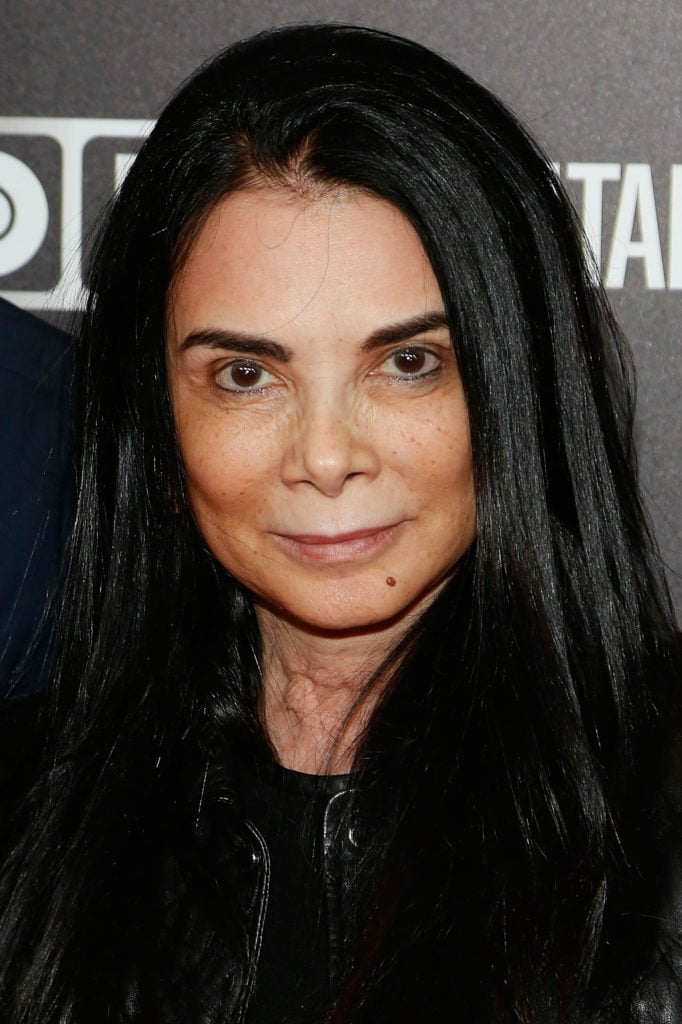Law & Politics
Veteran Art Dealer Mary Boone, Recently Sentenced to 30 Months in Prison for Tax Fraud, Will Close Her 42-Year-Old Gallery
Boone described herself as the "Martha Stewart of the art world."

Boone described herself as the "Martha Stewart of the art world."

Eileen Kinsella

Mary Boone will close her eponymous art gallery, one of the most storied in New York, after 42 years. The news comes one week after the veteran art dealer was sentenced to two-and-a-half years in jail for filing false tax returns.
Boone, who started her art career in 1970 at Bykert Gallery before striking out on her own in 1977, told ARTnews: “I had 49 wonderful years in art. If I’m going to be the Martha Stewart of the art world, I would hope to do it with the same humility, humor, grace, and intelligence that she did. I’m trying to be optimistic and see this as a learning experience.” Neither Boone nor her attorney responded to artnet News’s request for comment.
Boone’s announcement confirms what some had suspected since the February 14 sentencing. Immediately after the hearing, her attorney Robert S. Fink called the verdict “disappointing” and said that the gallery would likely close as a result.
Boone must surrender to authorities by May 15 and is scheduled to serve her sentence at the women’s Federal Correctional Institution in Danbury, Connecticut.
The final two shows at Boone’s Manhattan spaces—an exhibition of paintings by Julia Wachtel at the Chelsea branch and a show of work by Derrick Adams at her midtown Manhattan space on 57th Street—are slated to open in early March and close on April 27.
Boone founded her eponymous gallery in 1977 in SoHo and swiftly became a central figure in the New York art scene. She championed high-octane artists including Jean-Michel Basquiat, Barbara Kruger, Ross Bleckner, Julian Schnabel, and David Salle. In recent years, a number of her highest-profile artists began to work exclusively with other dealers, but she continued to show new work by up-and-comers and established names including Ai Weiwei and Peter Saul.
Artist Hilary Harkness, who joined the gallery in 2003, recently took to Instagram to praise Boone, calling her “the most gracious, charming, and inspiring person to work with.” Contacted after the sentencing, seven other artists who are listed on the gallery website did not respond to a request for comment or said they had not worked with Boone for a number of years.
Artist Will Cotton, who was in court for the sentencing earlier this month told artnet News he was “shocked” by the decision and the length of the jail sentence. Even though Boone’s attorney mentioned the possibility of the gallery closing, Cotton says it was only within the last few days that he talked about it concretely with Boone.
“I always knew there would be that possibility of closing, but it also seemed possible to keep it open,” he said. He had only praise for Boone, saying their relationship is terrific, and adding: “She’s great to work with, diligent at selling work, and always paid on time. As far as her artists are concerned, she is the most straightforward dealer I ever worked with.”
In one of 100 letters written by supporters to the judge requesting leniency ahead of the sentencing, Boone’s son, Max Werner, noted that the closure of the gallery would have consequences for many beyond Boone herself.
“Because she is so loyal to the people in her life, many of her employees have been with her for multiple decades and would be hard pressed, both because they have been out of the job market for a long time and because they have the usual financial commitments held by people in their 40s and 50s (families, homes, mortgages, etc.), should they find themselves suddenly without work,” he wrote. “Certainly, the gallery could not run without her were she imprisoned.”
In an interview with New York magazine in 1998, Boone reflected on the early days of her gallery.
I collected a group of nine investors who put in very little money in exchange for buying art at cost. I moved into 420 West Broadway, and we started construction. Leo Castelli was on the second floor. And Ileana Sonnabend. I was on the main floor. And it was my idea that if I left my door open, the people that were waiting for the elevator might come in.